Marks 'Ca-Cn'
(c) Antique Metalware Society
Small extracts can be used with acknowledgements to 'Oldcopper.org' website.
Helpful comments are very welcome.
James Clews Family Candlesticks.
| C & A - see Croft & Assinder page. | |
| C & B - cast trivets and stands - more information needed. | |
 |
|
| MC mark - unknown maker's mark under a trivet c1880. | |
 |
|
| IHC mark - a Christogram forming an abbreviation for the name of Jesus Christ. | |
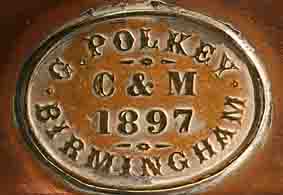 |
|
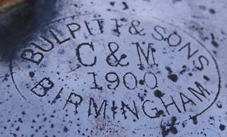 |
|
| C & M mark that appears together with a year on the products of several manufacturers such as hand lamps and copper jugs. Most are in the 1914-1918 period of the First World War but this one, on a hand lamp, is dated 1897. It may indicate that it is materiel for the government but no museum contacts can verify this. A contributor has said that 'C&M' is used to denote a 'Copper and Metalsmith' in a guild. Confirmation will be welcome. | |
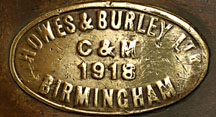 |
|
| Howes & Burley Ltd., 24-30, Bishop Street, Birmingham, makers of lamps and blowlamps. This mark on a large blowlamp made for government service during the Great War. | |
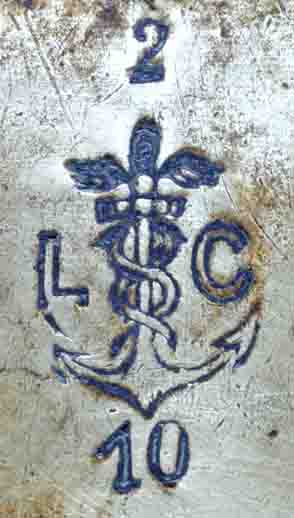 |
|
| 'L C ' mark from France, more information welcome. This mark appears on many items of copperware including coffee pots. Meret, Lelong, Fournier and Co. French Copper | |
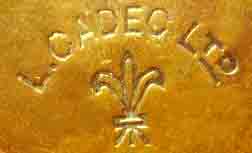 |
|
| L Cadec Ltd., makers of copper cookware. Cadec's Cookware shop, 52, Greek Street, Soho, London establsihed by M & Mmme Louis Cadec c1910. They did commision items from French makers. | |
 |
|
| Cambron, Kansas City, Missouri, USA, Art brassware, ornamental brass castings. Trays, various tree and plant species in different sizes. Also switch and receptacle plates, door knobs, cabinet door pulls in different designs and other various household accessories. Family owned business running from early 1950s to early 1970s. (Thanks for information to John R Cambron) |
|
 |
|
| Cape Cod Shop, near centre of one of the American art colonies developed in the 1890s. Cape Cod firestarters. | |
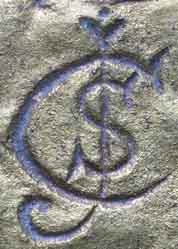 |
|
| James Cartland & Sons Brass foundry, trivets, etc., Weaman Row, Birmingham, then to Armoury Close, Little Green Lane, Bordesley Green, Birmingham 9 by 1943. c1823-c1955. Cartland page. | |
 |
|
| Carron Foundry, founded 1759 By Roebuck and Garbett from Birmingham in Falkirk, Scotland and famous for ironwork, especially the 'Carronade'. They also cast some brassware including trivets. | |
| Carl Deffner, Esslingen, Germany, decorative tableware. German Copper page | |
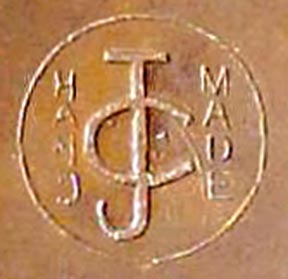 |
|
| James T. Casey originally from Scotland. Jimmy lived in Lynbrook New York for many years and sold his ice buckets in the 1950s to Hammaker Schlemmer who included them in their catalogue. (Information from Carol Stolzies) | |
 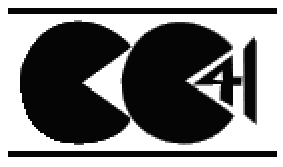 |
|
| CC41 Sign used to show that wartime and postwar domestic furniture and textiles conform to 'Utility' Standards. The 'Cheeses' symbol CC41 stands for Civilian Clothing 1941 but appeared also on furniture, linen and housewares. Designs were simple and effective and made best use of available materials in Britain until it was finally withdrawn in 1952. Utility Ware | |
 |
|
| Chase Brass and Copper Co., Inc., USA, founded 1876, still producing copper and brass. The Archer Monitaur trademark application was filed in 1928. There are several good books and other websites on their 1930s art deco specialities. | |
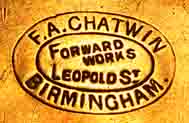 |
|
| F A Chatwin, Forward Works, Leopold Street, Birmingham, mark under a pressed brass promotional ashtray. Further information welcome. | |
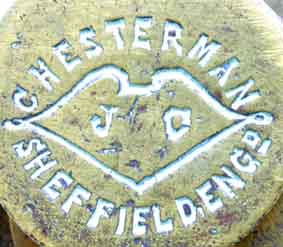 |
|
| James Chesterman, Bow Works, Sheffield, tools for carpenters. The trade mark was a bow shape laying flat with‘JC’ therein. See 'The First 200 years: a short history of Rabone Chesterman Limited', by Douglas J. Hallam. In 1984 they merged with Chesterman of Sheffield to form Rabone Chesterman, now part of Dial Engineering with Stanley Tools and other brands. | |
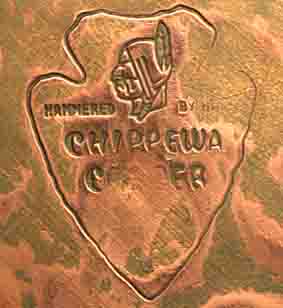 |
|
| Chippewa Copper mark under hand hammered products such as bowls and chambersticks made in the copper mining area of Michigan, USA. Some of them are also marked by Burwood Products Co., a wholesaler of domestic decorative furnishings. | |
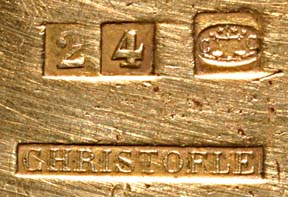 |
|
| Christofle & Cie., Saint Denis, France, founded 1831, was one of the earliest and most important European suppliers of japonisme (Japanese-inspired) metalwork. The firm still flourishes and remains a leading European producer of silver and electroplated art metal ware. Many of their best items were designed by Joseph Maria Olbrich but they also made a range of factory made Dinanderie. This mark is under a porringer. | |
 |
|
| 'Clayrite' Trade Mark on an oil can made by a Birmingham maker of car accessories. Possibly Howard Clayton Wright Ltd. (then Stratford-on-Avon 1953-2002) More information welcome. Trade name now used for a tennis court surface. | |
| A Clement, Nottingham, mark on a tankard dated c1900. More details welcome - see Nottingham Tankards page. | |
| Joseph Clews 14, Moland Street, Birmingham, 1835, brass candlestick maker. | |
Samuel Clews, brass tea kettle and knocker manufacturer, 6 Court, Oxford Street, 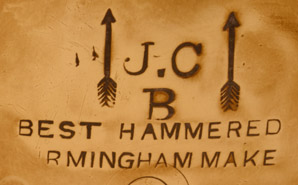 Birmingham, 1835 Birmingham, 1835 |
|
| Clews, F & H, 105 Moland Street, bucklemakers, taken over by Pearson Page Jewsbury in the 1930s | |
 |
|
Clews, James Clews (JCB mark), , 101 Moland Street, Birmingham then Manilla Works, 195, Aston Road, Birmingham, then Waterloo Metal Works, Lewisham Road, Birmingham by 1943. Clews Family page. Clews were manufacturers of the 'Diamond' range including Ace, King and Queen made to celebrate the Diamond Jubilee of Queen Victoria. Later they produced the Prince and Princess of Diamonds range. Diamond Candlesticks page. - and this mark on the base of good candlesticks of the beehive and diamond design |
|
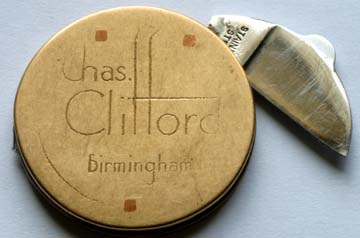 |
|
 |
|
Charles Clifford & Son, Fazeley Street (c1867), then Dogpool Mills, Dogpool Lane, Stirchley, Birmingham, fabricators of copper and brass tube, wire, sheet and plate. Agents to Thomas Bolitho and Sons, Tin Smelters in Cornwall. This mark on a promotional circular pocket penknife. Trade mark included 'Sea Cliff'. |
|
| Cluse Ltd., 187, Tottenham Court Road, London. W, brassfounders and merchants. They registered designs of several items in the early 1900s. No maker's mark has yet been seen. | |
Home.
After